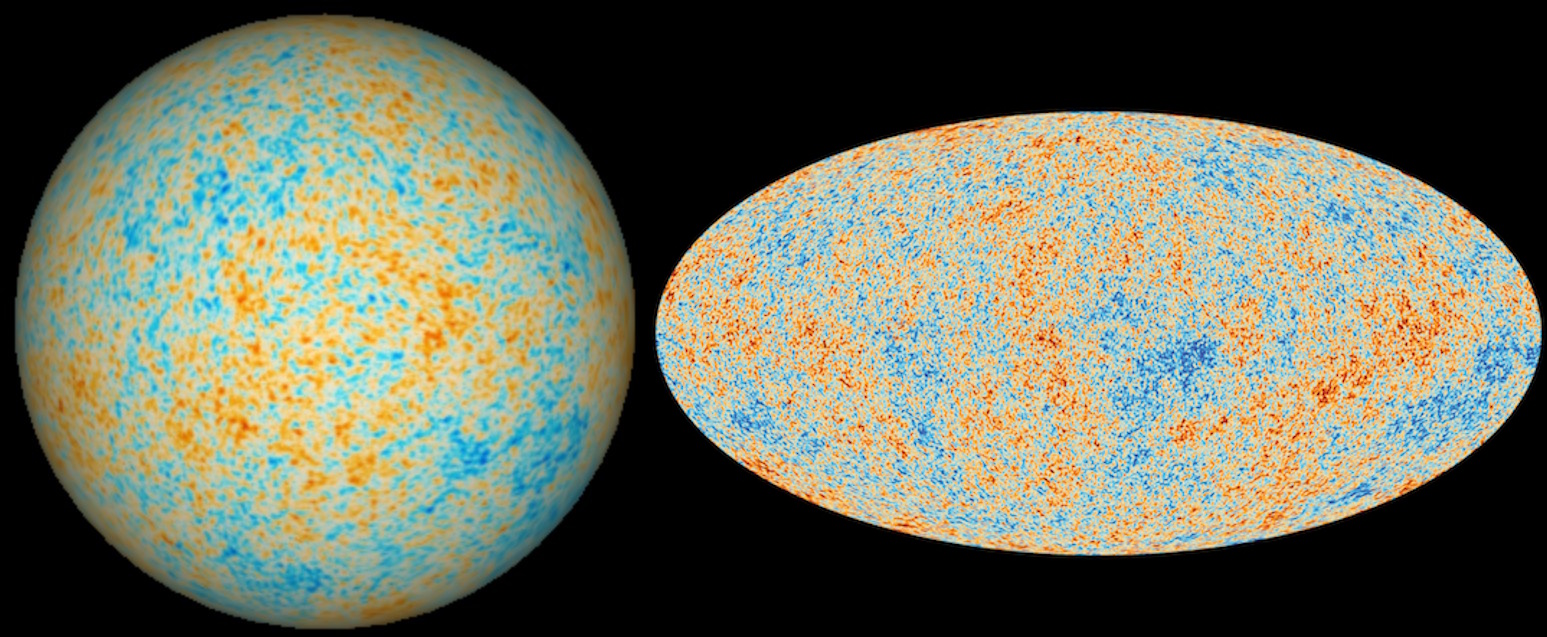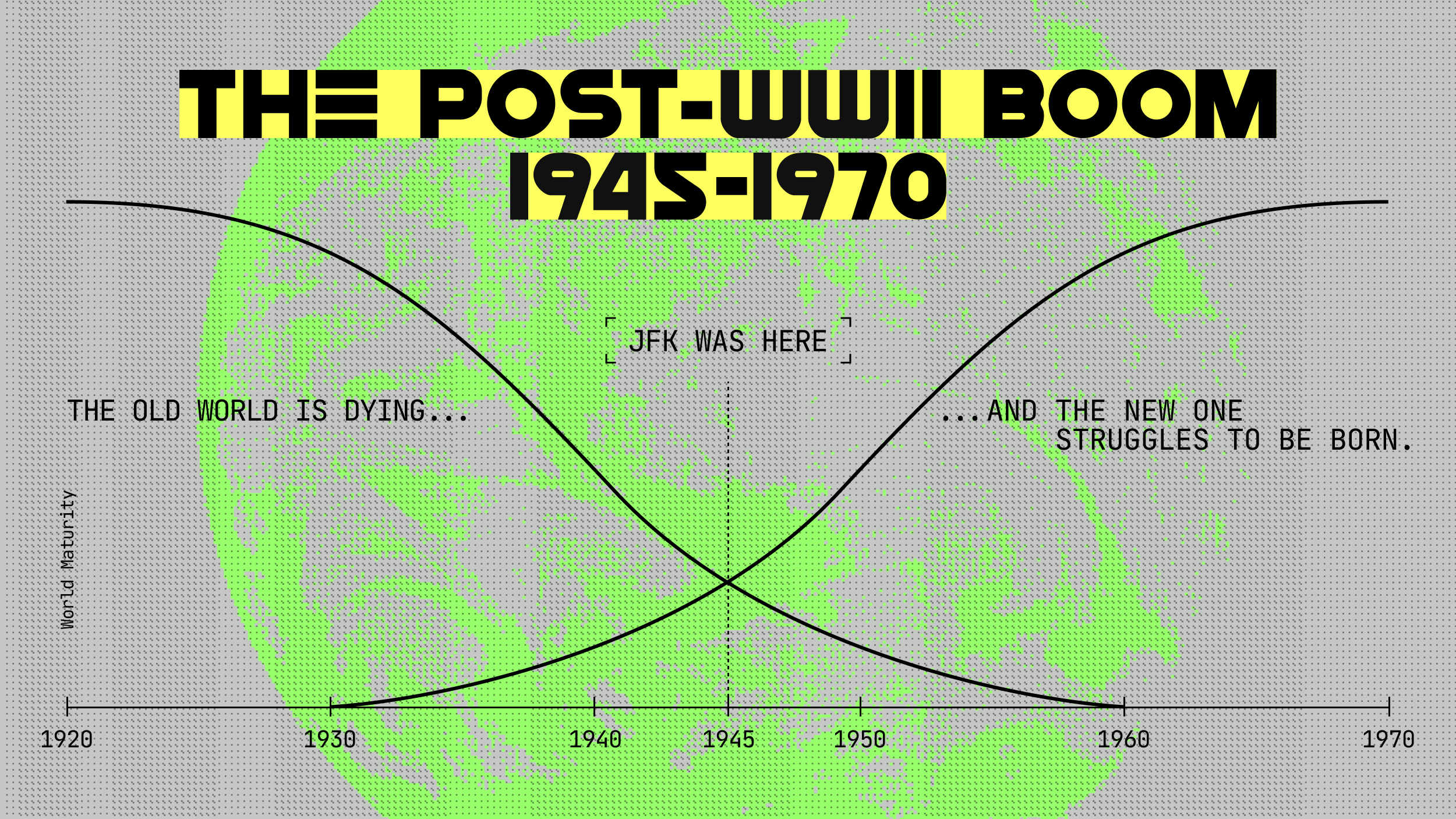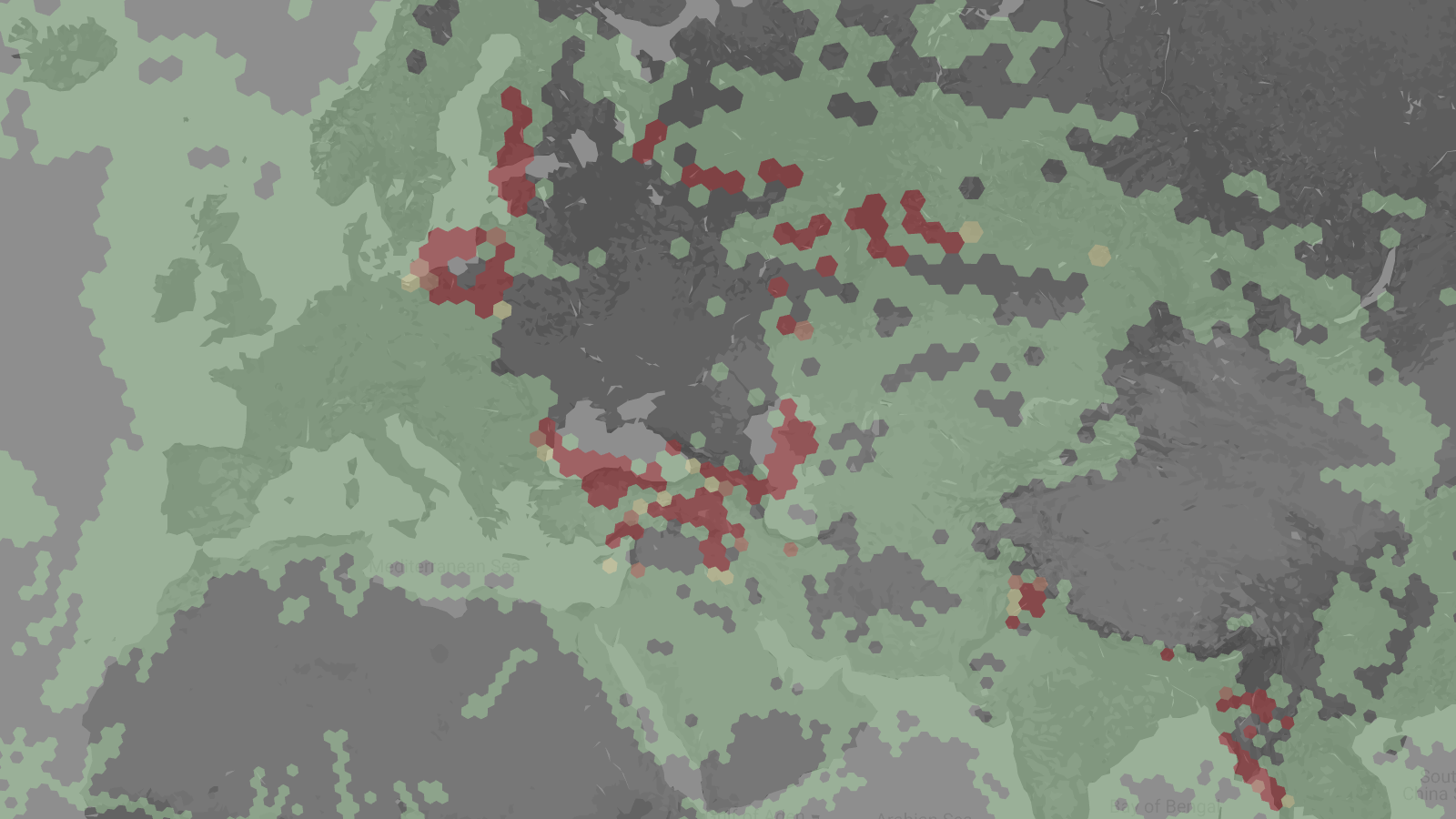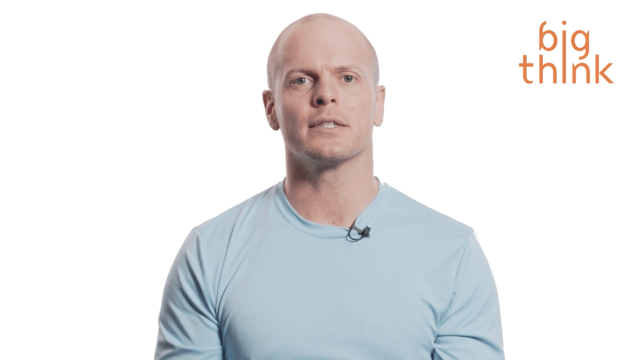What if Europe and North America switched populations?

Europe and America are very different, yet close enough in size to fit each other’s clothes. Think Eddie Murphy and Dan Aykroyd in Trading Places. As in that movie, the main effect of transatlantic transvestism is comedy. With a sprinkling of insight.
A rough equivalence between Europe and America is often assumed, but more easily proclaimed than verified. Question one: are we comparing entire continents (North America and Europe) or more geographically limited political entities (the United States and the European Union)? And are we talking population size or economic output?
Let’s not even get into geographic area—there, the comparison falls entirely flat. North America is more than twice the size of Europe. Ditto for the US vs the EU (1).
The closest equivalence is economic: in 2017, the EU had a GDP of $19.9 trillion, with the U.S. close behind at $19.4 trillion (China was at #1 with an economic output of $23.1 trillion).
But the virtually equal volume of the world’s second and third economies is complicated by their divergent population sizes: 325 million for the US, 511 million for the EU. That’s almost 60% more, meaning that the per-capita income of the average EU citizen would be much lower than that of the average US citizen.
However, while per-capita income is indeed much higher in the US ($57,638) than in the EU ($32,250), European incomes are much more equally distributed than those in the US: the EU scores 31.0 on the Gini index (2), the US 45.0.
Absolute population figures are less open to debate than relative prosperity, and that’s what these two maps focus on. So, what if you transported North America’s population to Europe?

The U.S.A. would be the dominant power on the continent. Its population is big enough to singlehandedly replace those of the UK and France (65 million each), the Low Countries (28 million combined), Germany (82 million), Switzerland and Austria (8.5 million each), Hungary (10 million), the Czech Republic (11 million), Slovakia (5.5 million) and Poland (38 million).
Mexico too would be a European power to be reckoned with. Its population (122 million) fills two of the EU’s Big Five countries (3)—Spain (46 million) and Italy (60 million)—plus Portugal (10 million), Slovenia (2 million) and Croatia (4 million).
Surely by design rather than accident, European Mexico is located south of the U.S. and European Canada to its north. As on their own continent, the Canadians occupy the sparsely populated north—’Candinavia’. And that includes not just the five Nordic countries: Denmark (6 million), Sweden (10 million), Norway (5 million), Finland (5 million) and Iceland (1/3 million), but also the three Baltic ones: Lithuania (3 million), Latvia (2 million) and Estonia (1 million). And because that still falls short of the total Canadian population: also the Republic of Ireland (5 million).
The Central American countries (minus Guatemala) equal Romania (20 million), Moldova (4 million) and Bulgaria (7 million). Guatemala, with 16 million inhabitants the most populous Central American nation, on its own just about covers five countries in the western Balkans: Serbia (9 million), Kosovo (2 million), Montenegro (2/3 million), Bosnia (4 million) and Albania (3 million).
And the Cubans, Jamaicans and other Caribbeans get transported off their tropical islands and herded into Ukraine (43 million).
Migrating the entirety of Europe to North America produces equally jarring results.

Germany on its own fills 15 states, more than any other European country, and enough to occupy a triangle of western territory that stretches from San Diego to Seattle and Duluth.
Area-wise, Poland is small enough to fit in Texas. But there are enough Poles to fill the Lone Star state (28 million), plus New Mexico (2 million), Oklahoma (4 million) and Kansas (3 million).
France equals eight states in the South, Hungary fills both Arkansas (3 million) and Missouri (6 million), and the Czechs, Slovaks and Belgians occupy Illinois (13 million), Indiana (7 million) and Ohio (12 million), respectively.
Switzerland takes over Virginia (8 million), while its European neighbour to the east becomes its American neighbour to the west, as Austria insinuates itself into the Appalachians, taking over West Virginia (2 million) and Kentucky (4 million).
The Netherlands also absorb two states: Wisconsin (6 million) and Michigan (10 million). The UK, appropriately, occupies the six New England states (Maine, Vermont, New Hampshire, Massachusetts, Rhode Island, Connecticut), plus New York, Pennsylvania, New Jersey, Maryland and Delaware.
Nine countries are needed to cover the population of Canada. Ireland equals British Columbia (5 million), Iceland replaces Newfoundland and Labrador (half a million), and Lithuania fills Nova Scotia (1 million) and New Brunswick (2/3 million).
Québec (8 million) requires the combined populations of Finland, Estonia and Latvia. Sweden and Norway jointly replace Ontario (13 million) and Manitoba (1 million). And Denmark, finally, fills out the two remaining prairie provinces, Saskatchewan (1 million) and Alberta (4 million), plus the three territories to the north: Yukon, Northwest and Nunavut (together just over 100,000).
Things get a bit messy south of the border. Spain, Italy and Portugal make up the sparsely populated north and densely populated centre of Mexico. Into the southern bit are crammed Croatia and Slovenia (on the Yucatan peninsula), Bosnia, Albania, Serbia and Montenegro.
Kosovo equals Belize (1/3 million) and a few adjacent bits of Mexico, Romania takes up Guatemala, El Salvador (7 million) and Nicaragua (also 7 million). Bulgaria occupies Costa Rica (5 million) and Panama (4 million). And Ukrainians are taking in the sun in Cuba (11 million), Jamaica (3 million), Haiti (11 million), the Dominican Republic (10 million) and the rest of the Caribbean.
While not all population comparisons are a good fit, some are interesting eye-openers. For Americans, the fact that the state of Alaska and the Grand Duchy of Luxembourg have similar population sizes, for example. And for Europeans, the fact that Guatemala is the people superpower of Central America, representing a third of the region’s total population.
But for the most part, these maps serve as examples of comic transvestism, dropping familiar toponyms in strange surroundings, or vice versa. If previous entries on this blog may serve to illustrate the point, the transvestism trope is a fairly popular one. See for example #18 and #131.
Maps found here and here on Reddit‘s MapPorn thingy.
Strange Maps #905
Got a strange map? Let me know atstrangemaps@gmail.com.
(1) North America is about 9.5 million square miles (24.7 million sq. km), or 16.5% of the Earth’s total land area, vs. Europe’s 3.9 million square miles (10.2 million sq. km) – just 6.8% of the total land area on the planet. The United States is 3.8 million square miles (9.8 million sq. km) vs. the European Union’s 1.7 million square miles (4.5 million sq. km).
(2) The Gini index is a scale representing income distribution, from 0 (perfect equality) to 100 (perfect inequality). The country with the highest coefficient is Lesotho (63.2), while Finland has the lowest (21.5).
(3) Germany, France, the UK, Spain and Italy. They represent 63% of the EU’s total population and 71% of the EU’s total GDP.





